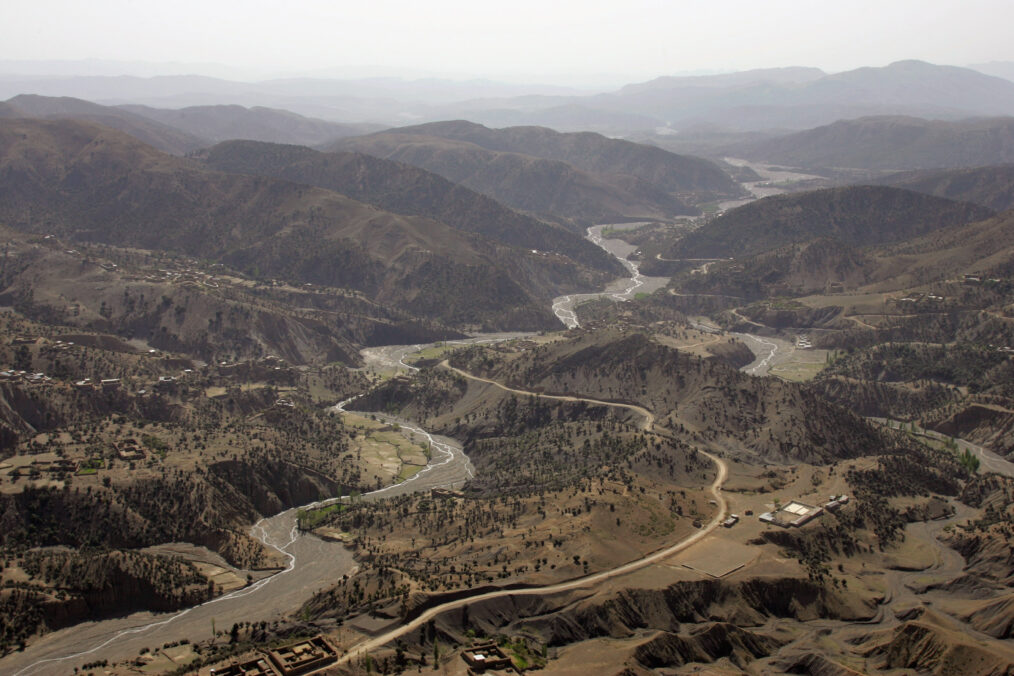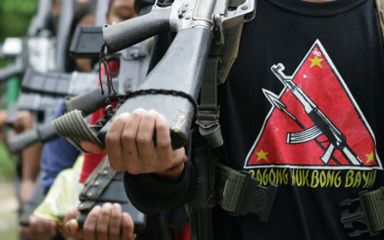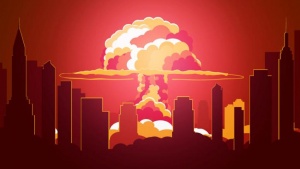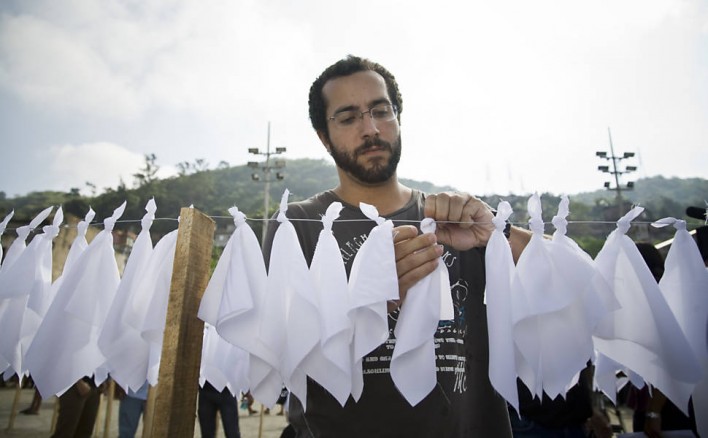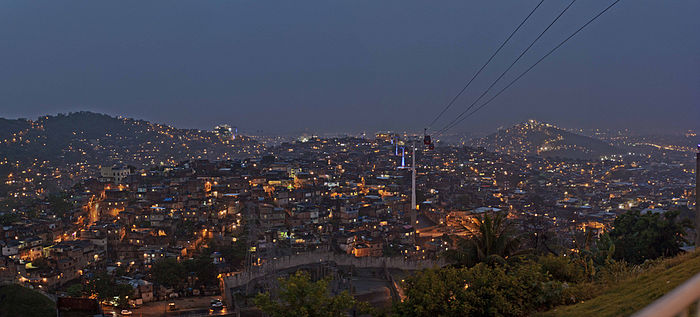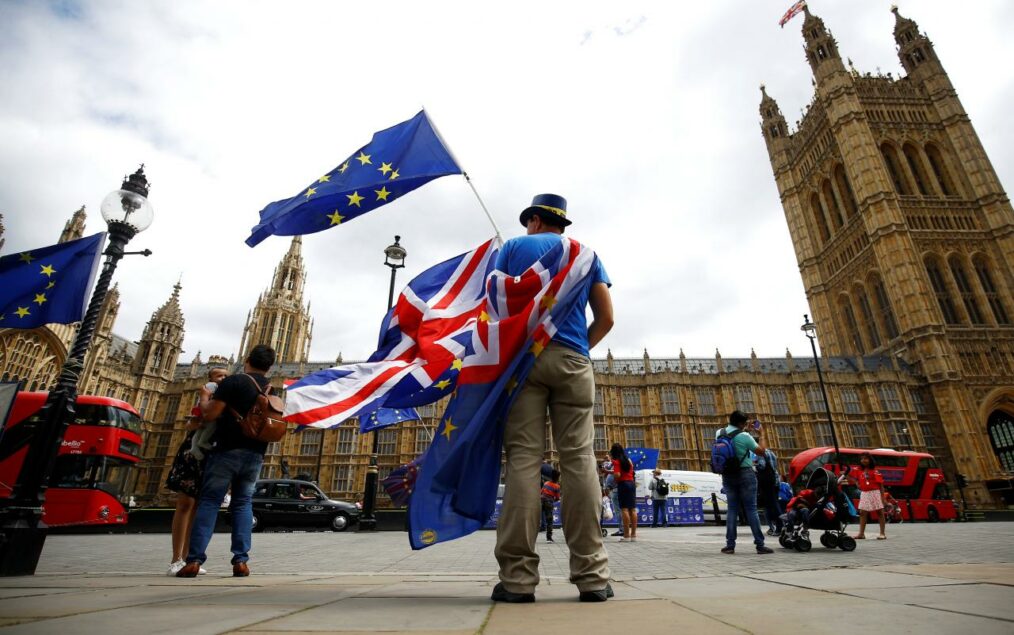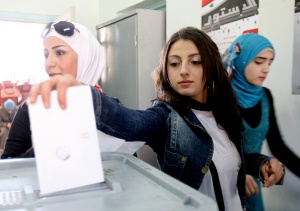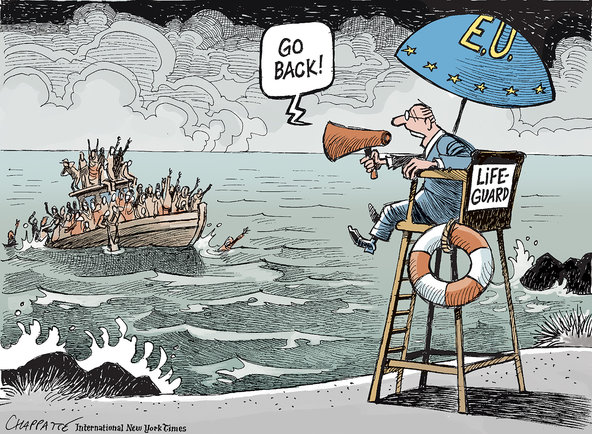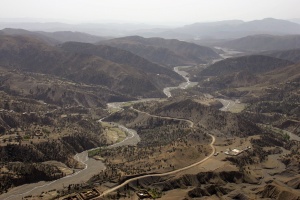
WANA, PAKISTAN, Photo by John Moore/Getty Images
In recent months, Waziristan has been awash in terror attacks since the Pakistani military began new operations in the region. Ostensibly, the offensive is meant to root out TPP fighters, but physical action typically only treats the symptoms of the disease and not the cause. Without getting to the root of the problem, violent terrorism of this sort will generate here again and again.
Examine, for instance, an incident on April 27, 2018, in which a wedding in Waziristan was attacked and four people were killed, with dozens more injured. Reports are unclear who was responsible, the perpetrators identified simply as militants. Another source asserts that the TPP claimed responsibility for previous attacks, but not this one specifically. Disturbing a sacred, social rite like a wedding is significant on an anthropological level. There are many factors that allowed this to happen. They all signify that terrorist activity has become normalized, even occurring around such community activities.
Terrorist organizations tap into local sentiments to recruit on individual and community levels
Any viable solution to counter terrorism must treat it long-term, and it must learn to do so by studying how terrorism became so virulent in the first place. This is not an isolated phenomenon, working independently of other systems in place. It is part of the place and people in such a way that groups like TPP can use local systems of thought to get their way. This is evident in how terrorists recruit individuals as well as sway policies and politicians to their agenda. There is a deeper phenomenon at play, and the only way to counter it is to study it and determine what makes it work.
Obviously, religion ties in deeply with TPP and similar organizations’ activities. Experts have documented how organizations use Islam to recruit fighters and operatives and, more importantly, maintain their dedication. Terrorist organizations are canny this way because they tap into local sentiments to recruit on an individual and community level. There is a heady mix of patriotism, freedom-fighting, rebellion against Western influence and authority, anger, and religious cause. They use all of these things not to convince people that what they are doing is right, but rather to make them fear it would be wrong not to support them. This is a huge part of why these groups keep growing. Beyond the regular scare tactics (i.e. forcing people to do their bidding under threat of injury or worse), using culture and religion to legitimize themselves means that their idea will never die.
Changing how we talk about terrorists is cost-effective: it takes little to do, but it has long-term effects on how they are treated and thought of
Terrorists take advantage of cultural and religious tensions to further their agenda and legitimize violence. Therefore, a way to counter them is to delegitimize their cultural and religious agency. In terms of policy, Pakistan’s government and media can do this easily. Change the discussion. Any engagement with or treatment of terrorists should identify them as violent criminals, not “Islamic extremists” or “insurgents.” These terms provide legitimacy in the most dangerous of ways. Destroy their legitimacy to combat them. Cut all their links with any local dynamic.
This solution is straight-forward and possibly effective. Changing how we talk about terrorists is cost-effective. It takes little to do, and it has long-term effects on how terrorists are treated and thought of in public and private. Terrorism is a threat to millions of lives. Not the least in vulnerable rural communities. As such, Pakistan must use every weapon it has, including its words.
From there, such policies can extend to even more conspicuous efforts. Ones such as delegitimizing terrorist ideas in schools, in mosques, religious classes, in public and online forums. Leverage local systems of thought and action to do this, the same way that terrorists spread their ideas. Use these means not to normalize violence, but to normalize peace.

